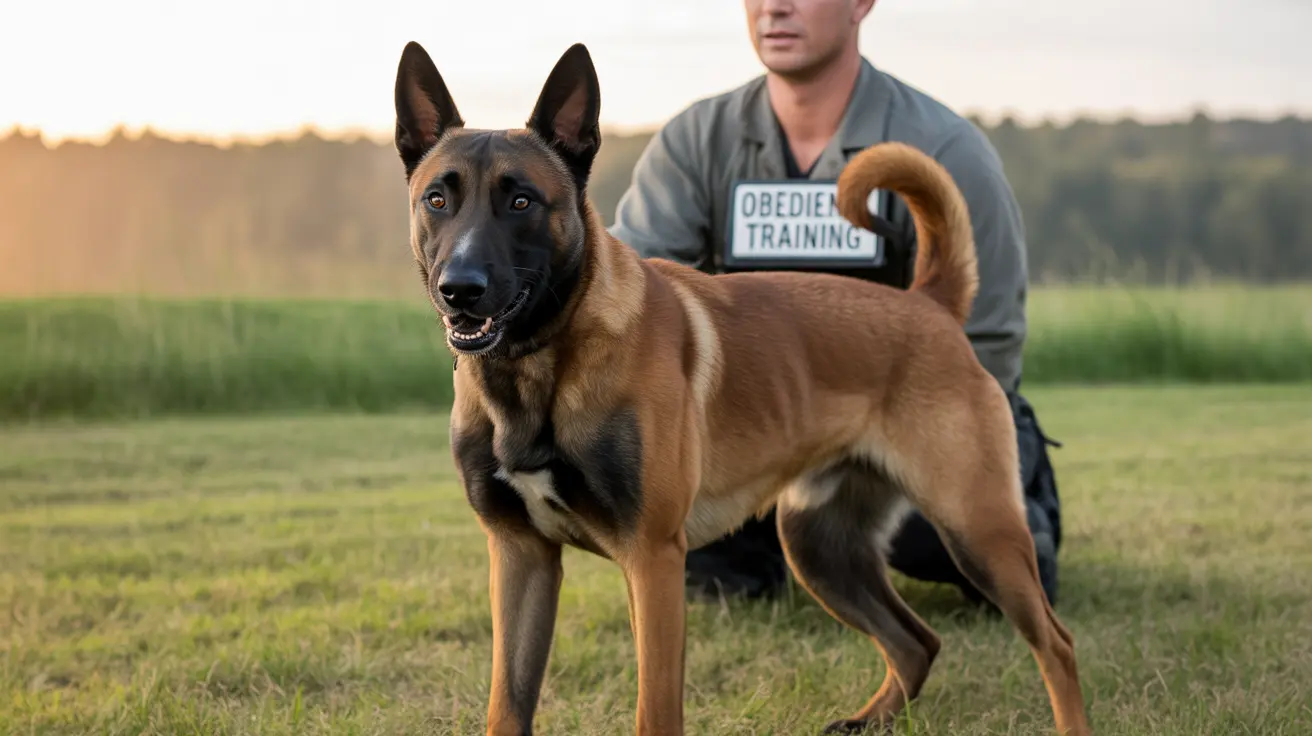Understanding Protective Aggression in Dogs
Protective aggression in dogs can be a challenging and concerning behavior for pet owners. When your dog shows aggressive behavior while trying to protect you, family members, or territory, it's crucial to address the issue promptly and effectively. Understanding the root causes and implementing proper training techniques can help create a safer environment for both your dog and those around them.
This protective instinct, while natural, can become problematic when it escalates to aggressive behavior such as growling, lunging, or even biting. The good news is that with patience, consistency, and the right approach, you can help your dog overcome these challenging behaviors.
Identifying the Signs and Triggers
Before you can effectively address protective aggression, it's essential to recognize the early warning signs. Dogs typically display several subtle cues before escalating to aggressive behavior:
- Stiffening of the body
- Intense staring or "whale eye"
- Raised hackles
- Low growling
- Showing teeth
- Positioning themselves between you and others
Common triggers for protective aggression include:
- Strangers approaching the home or family members
- Other dogs coming near their territory
- Sudden movements or loud noises
- People wearing specific items (hats, uniforms)
- Unfamiliar objects or situations
Effective Training Strategies
Successfully addressing protective aggression requires a multi-faceted approach:
Desensitization and Counter-Conditioning
Start by exposing your dog to triggers at a safe distance where they remain calm. Gradually decrease the distance while rewarding calm behavior with high-value treats. This helps your dog form positive associations with previously threatening situations.
Establishing Leadership
Help your dog understand that you're in charge of protecting the family. This can be achieved through consistent training, clear boundaries, and positive reinforcement of desired behaviors.
Socialization Training
Carefully controlled exposure to new people, animals, and environments can help reduce fear-based protective responses. Always ensure these interactions are positive and well-managed.
Creating a Safe Environment
Managing your dog's environment is crucial for preventing aggressive episodes:
- Create a quiet, safe space where your dog can retreat
- Use barriers or gates to prevent direct access to triggers
- Maintain a consistent daily routine
- Provide plenty of exercise and mental stimulation
- Consider using a secure harness and leash during training sessions
Professional Intervention and Support
Some cases of protective aggression require professional help. Consider working with a certified dog trainer or animal behaviorist if:
- The aggression is severe or getting worse
- Your dog has bitten someone
- You feel unsafe managing the behavior
- Initial training attempts haven't shown improvement
- The behavior is new in an adult dog
Frequently Asked Questions
How can I identify the triggers that cause protective aggression in my dog?
Keep a detailed log of when your dog shows aggressive behavior, noting the circumstances, people present, and environmental factors. Look for patterns in these incidents to identify specific triggers.
What are the best training methods to reduce protective aggression in dogs?
The most effective methods include positive reinforcement, desensitization, and counter-conditioning. Never use punishment-based methods, as these can increase fear and aggression.
When should I seek professional help for my dog's protective aggression?
Seek professional help if the aggression is severe, your dog has bitten someone, or if you're not seeing improvement with basic training methods. Also consult a professional if you feel unsafe managing the behavior.
How can I safely manage my dog's environment to prevent aggressive outbursts?
Create barriers to block triggers, establish a safe space for your dog, maintain consistent routines, and ensure proper exercise and mental stimulation. Use management tools like leashes and harnesses when needed.
What are the early warning signs of protective aggression I should watch for in my dog?
Watch for body stiffening, intense staring, raised hackles, growling, showing teeth, and positioning between you and others. These signs often precede more serious aggressive behavior.
Conclusion
With patience, consistency, and the right approach, protective aggression in dogs can be effectively managed and reduced. Remember that every dog is unique, and what works for one may not work for another. Stay committed to positive training methods, maintain a safe environment, and don't hesitate to seek professional help when needed.






